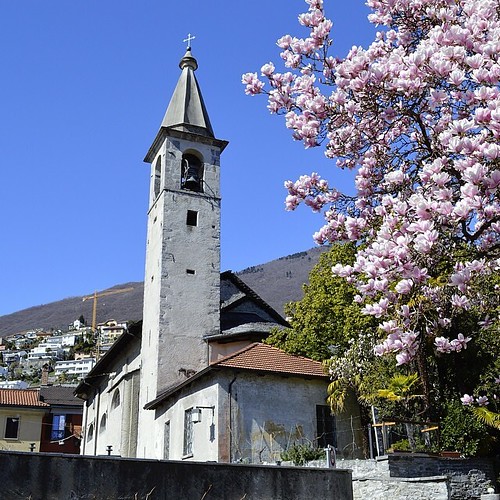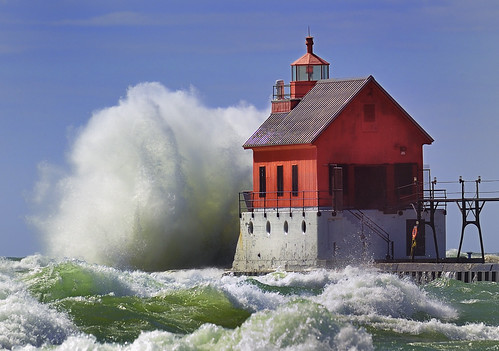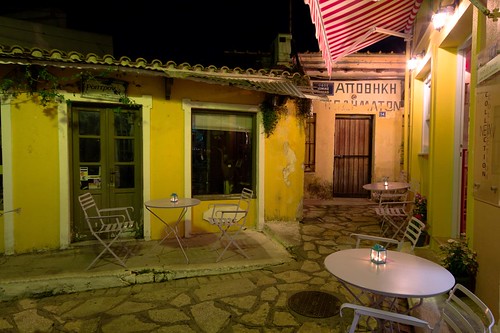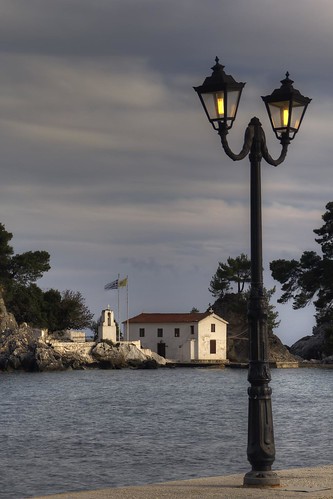antiquity the area was inhabited the Greek tribe of the Thesprotians. The
ancient town Toryne was probably located here.[3] The village of Parga stands
from the early 13th century. It was originally built on top of the mountain
"Pezovolo". In 1360 the Pargians in order to avoid the attacks of the
Magrebins transferred the village to its present location. During that period,
with the help of the Normans who held the island of Corfu, the fortress of
Parga was built. In 1401 a treaty was signed with the Venetians, and the rule
of Ionian Islands passed to them. The Venetians respected the lifestyle of
Pargians who provided in turn, invaluable assistance to the fleet of the
Venetians. At the same time Pargians fought by the side of their compatriots to
throw off Ottoman rule. As Parga was the only free Christian village of Epirus,
it was a perfect refuge for persecuted fighters and their families. In 1797 the
area, along with the Ionian Islands and Parga, fell into the hands of the
French, and in 1800 proclaimed free city status with broad authority under the
protection of the Sublime Porte. In 1815, with the fortunes of the French
failing, the citizens of Parga revolted against French rule and sought the
protection of the British.
following a treaty between Britain and the Ottoman Empire, the British granted
Parga to the Ottomans. This resulted in the Good Friday of 1819 where 4,000
Pargians having with them the ashes of the bones of their ancestors, their
sacred images, flags and a handful of soil from their homeland, exiled
themselves in the British protecturate of Corfu where they settled. The former
citizens of Parga never ceased to dream of returning to a free country and to
participate actively in the struggle for liberation. But they had to wait
almost 100 years for this. Parga and the rest of Epirus was liberated from the
Ottoman rule on 1913 following the victory of Greece in the Balkan Wars.
Wikipedia, the free encyclopedia
"A journey of a thousand miles must begin with a single step." -- Lao Tzu Copyright © Demetrios the Traveler




































